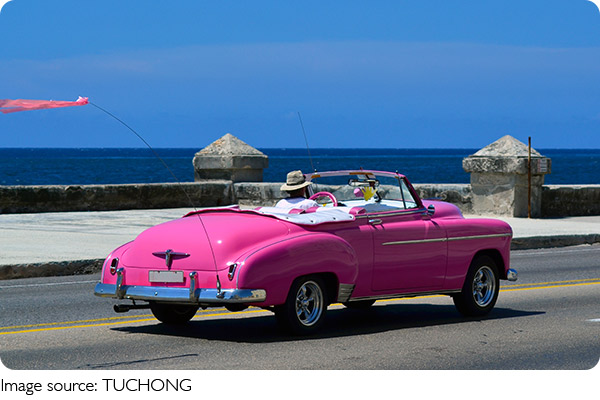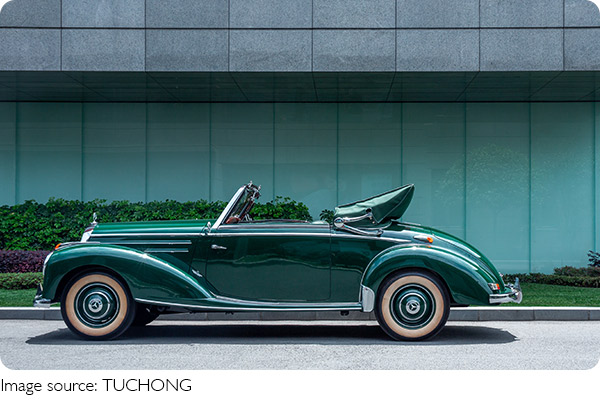Convertible Cars Overview

Convertible cars, as a unique type of vehicle, have been popular among many owners since their inception.
They not only pleasure open-top driving but also draw attention due to their unique design and technical features.
Historical Background
The origins of convertible cars can be traced back to the early 20th century. The earliest convertibles were relatively simple horse-drawn carriages, and as automotive technology advanced, this design gradually made its way into automobiles.
In the 1920s, with the development of the automotive industry, convertibles began to emerge as a popular vehicle type. They were often used to showcase a luxurious and individualistic lifestyle. Especially during the 1950s and 1960s, convertibles became a fashion symbol favoured by many celebrities and public figures.
Working Principle
The core design of a convertible car is its foldable roof system. Modern convertibles typically use two main types of roof systems:
1. Soft Top: Soft-top convertibles use flexible fabric or synthetic materials for the roof. This system is relatively simple, allowing the owner to manually or electrically fold or unfold the roof. The advantage of a soft-top system is its lightweight and lower cost, but it may not offer as much soundproofing and insulation as a hard-top system.
2. Hard Top: Hard-top convertibles use rigid materials (such as aluminium alloy or steel) for the roof. The roof can be folded into multiple parts when open, typically operated by an electric mechanism. Hard-top systems provide better sound insulation and safety but are generally heavier and more expensive.
Whether soft-top or hard-top, the design of a convertible must ensure that the roof can be folded and unfolded quickly and smoothly to ensure ease of use and safety.
Main Types
Convertibles can be classified into different types based on their roof-folding mechanisms, body structures, and other characteristics:
1. Classic Convertibles: These models typically use traditional soft-top designs, with roof folding and unfolding largely relying on manual operation. Classic convertibles are appreciated for their elegant appearance and simple operation.
2. Electric Convertibles: Modern convertibles often feature electric roof systems, allowing the owner to fold or unfold the roof with the push of a button. Electric convertibles offer more convenience for daily driving.
3. Hard-Top Convertibles: These models feature hard roofs that provide better sound insulation and thermal insulation. Hard-top convertibles excel in safety and roof stability but are usually more expensive.
Future Development Trends
With continuous technological advancements, convertibles are also evolving and innovating. Future convertibles may see improvements in the following areas:
1. Intelligent Technology: Future convertibles may be equipped with more intelligent technologies, such as advanced driver assistance systems and smart climate control, to enhance driving comfort and safety.
2. Eco-Friendly Materials: With growing environmental awareness, future convertibles may use more eco-friendly materials to reduce the environmental impact of production and usage.
3. High Performance: Future convertibles may undergo more performance optimizations, such as stronger power systems and improved handling performance, to meet drivers' performance demands.

Convertible cars, as a special type of vehicle, have won the affection of many owners with their open-top driving experience and stylish appearance.
Despite some drawbacks in safety and sound insulation, the ongoing technological advancements promise that future convertibles will be more intelligent, eco-friendly, and high-performing. Whether for daily driving or enjoying the scenery, convertibles offer a unique driving pleasure and a display of individuality.

 · Vehicle Team
· Vehicle Team